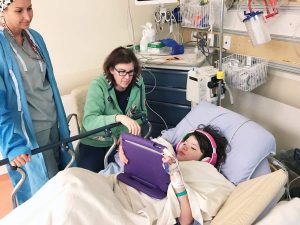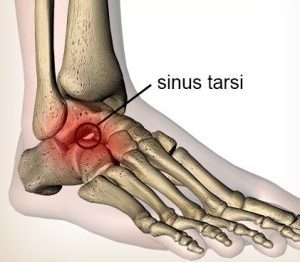
Patients with asthma require special considerations when undergoing surgery to ensure optimal outcomes and minimize the risk of asthma-related complications. Asthma is a chronic respiratory condition characterized by airway inflammation, bronchoconstriction, and increased airway reactivity, which can be triggered by various factors, including stress, medications, and anesthesia. Here are some important surgery considerations for patients with asthma:
- Preoperative evaluation: A thorough preoperative evaluation of the patient’s asthma should be conducted to assess the severity of asthma, evaluate the patient’s asthma control, and identify any triggers or exacerbating factors. This may involve reviewing the patient’s medical history, conducting a physical examination, and performing pulmonary function tests (such as spirometry) to assess lung function.
- Asthma control optimization: It is important to optimize the patient’s asthma control prior to surgery to reduce the risk of perioperative exacerbations. This may involve adjusting the patient’s asthma medications, such as inhaled corticosteroids, bronchodilators, and leukotriene modifiers, to ensure optimal asthma management during the perioperative period. Patients with poorly controlled asthma may require postponement of elective surgery until their asthma is better controlled.
- Anesthesia considerations: The choice of anesthesia should be carefully considered in patients with asthma. General anesthesia with endotracheal intubation may be associated with a higher risk of bronchoconstriction in patients with asthma. Therefore, alternative methods of anesthesia, such as regional anesthesia or monitored anesthesia care, may be considered, depending on the type of surgery and the patient’s asthma severity. Close communication and collaboration between the anesthesiologist and the surgical team are essential to ensure appropriate anesthesia management tailored to the patient’s asthma condition.
- Medication management: Medication management in patients with asthma should be carefully reviewed and optimized during the perioperative period. This may involve continuing the patient’s regular asthma medications, avoiding triggers or exacerbating factors, and having a plan in place for managing asthma symptoms or exacerbations during and after surgery. In some cases, additional medications, such as systemic corticosteroids, may be used as part of the perioperative management plan.
- Intraoperative monitoring: During surgery, close monitoring of the patient’s respiratory status, including oxygen saturation, end-tidal carbon dioxide levels, and peak inspiratory pressures, should be performed to promptly detect any changes in lung function or signs of bronchoconstriction. Prompt intervention may be needed if asthma exacerbation or respiratory distress occurs during surgery.
- Postoperative care: Patients with asthma may require special postoperative care to prevent asthma exacerbations and promote optimal recovery. This may involve continuing the patient’s regular asthma medications, monitoring respiratory status, and providing appropriate pain management to avoid triggers, such as opioids, that may exacerbate asthma symptoms. Early mobilization and deep breathing exercises may also be encouraged to prevent postoperative pulmonary complications.
- Patient education: Patient education plays a crucial role in the perioperative management of patients with asthma. Patients should be educated about their asthma condition, triggers, and the importance of adhering to their regular asthma medications. They should also be instructed on how to manage their asthma during and after surgery, including recognizing signs of asthma exacerbations and when to seek medical attention.
In conclusion, surgery considerations for patients with asthma require careful evaluation, optimization of asthma control, anesthesia considerations, medication management, intraoperative monitoring, postoperative care, and patient education. Collaborative care among the surgical team, anesthesiologist, and other healthcare professionals, along with effective patient education, is essential to ensure safe and successful perioperative care for patients with asthma.









